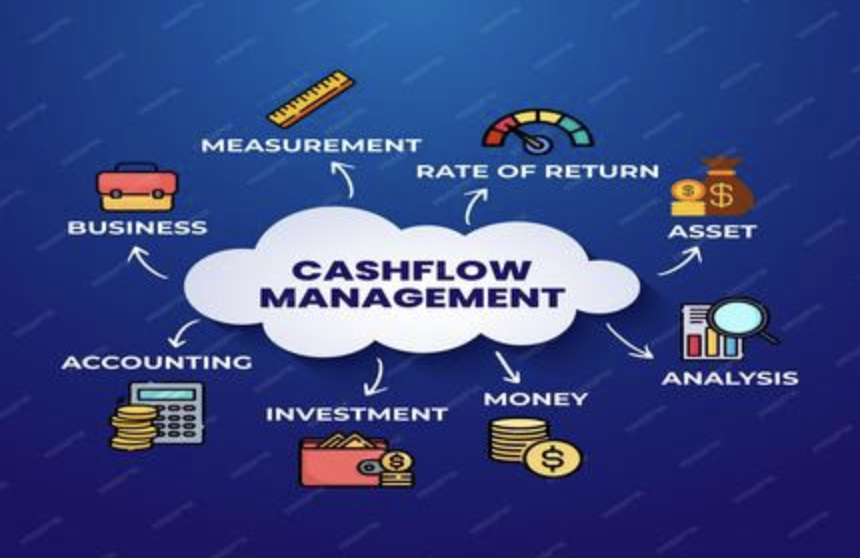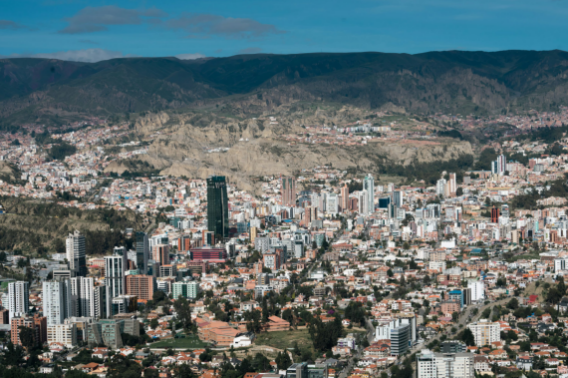For individuals with high spending habits, an increase in earnings typically results in greater expenditures rather than an accumulation of wealth. The key to ongoing financial advancement does not lie in acquiring more income, but in learning to manage cash flow effectively: the skill of channeling funds into areas that foster growth, rather than merely directing them to expenditures. Proficient cash flow management transforms every dollar into an instrument for achieving freedom, allowing you to appreciate luxury without compromising future stability.

Map "Cash Flow Pathways" First
Many wealthy individuals monitor their income and expenses but overlook the actual "flow." Determine the primary routes of your cash: which income sources contribute to which spending categories? For instance, differentiate between active income (salary) utilized for daily luxuries (dining, travel) and passive income (dividends) intended for wealth reinvestment. Employ color-coded digital resources to illustrate these pathways—this insight uncovers areas of financial leakage (such as unused memberships) and opportunities for redirection towards growth.
A cash buffer goes beyond just emergency funds—it is a reserve for capitalizing on temporary opportunities. Designate 15-20% of your monthly cash flow for a readily accessible "opportunity fund" instead of tying it up in long-term investments. This reserve enables you to act on timely offers: a one-of-a-kind art piece, a private equity pre-IPO investment, or a deal on luxury real estate. Unlike raises in salary, this buffer transforms your current cash into catalysts for growth.
Align Cash Flow with "Lifestyle Patterns"
Your expenditures exhibit patterns—seasonal trips, quarterly art auctions, yearly property upkeep. Adjust cash inflows to harmonize with these cycles: time your dividend reinvestments to align with travel seasons, ensuring that passive income covers luxury vacations. Arrange for automatic transfers from business accounts to personal accounts before significant purchases. This synchronization averts the need to scramble for funds or draw upon investment principal, enabling you to sustain your lifestyle without hindering growth.
Implement "Cash Flow Swaps" for Effectiveness
A "cash flow swap" involves substituting high-cost habits with less expensive options that maintain quality. For instance, instead of purchasing a second home outright (tying up tremendous amounts), consider renting a luxury villa for half the year and channel the saved money into a hotel real estate investment trust. Replace frequent private jet charters with a fractional ownership plan that reduces costs while retaining access. These swaps relieve cash flow without compromising your lifestyle.

Assess "Cash Flow Speed," Not Just Quantity
Speed—how quickly cash transitions from income to growth—is more important than the total amount of cash. Funds that stagnate in a checking account depreciate over time, whereas money that circulates from dividend income to a rental property down payment to rental income grows significantly. Utilize tools to monitor the duration cash remains in low-growth accounts and establish guidelines to swiftly transfer it to high-velocity areas: "Any cash that remains idle for 30 days should be redirected to a short-term private lending fund."

Ultimately, salary increases are temporary—they can be reduced, taxed, or outpaced by inflation. In contrast, effective cash flow management is a lifelong skill that converts any earnings into enduring wealth. By mapping pathways, creating opportunity buffers, reassessing fixed costs, aligning with lifestyle, making swaps for cost-effectiveness, and evaluating cash flow speed, you can guide the direction of your finances. It is not solely about how much you earn—it is about how effectively your cash serves you.







